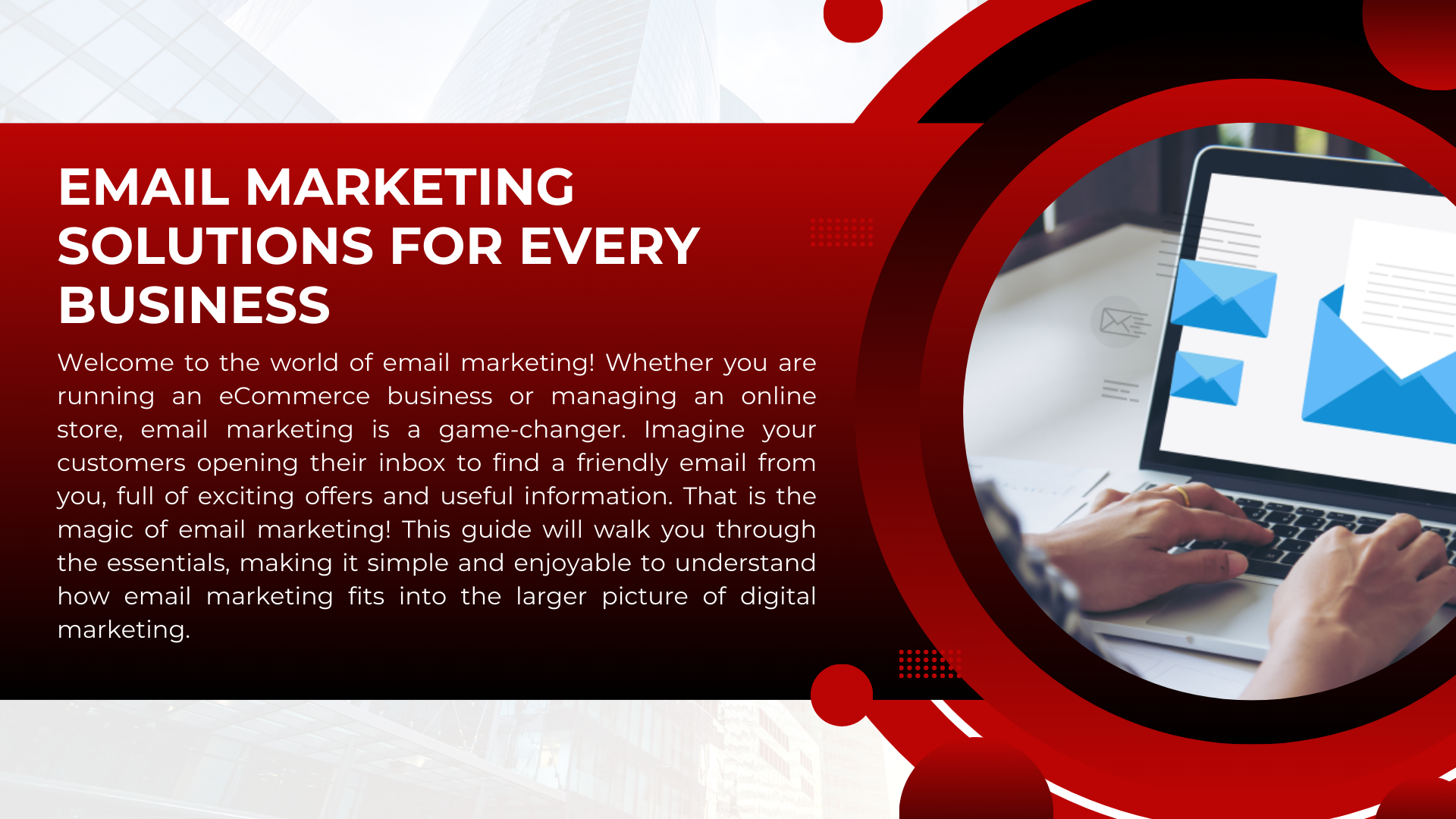Have you ever wondered why some email campaigns outperform others? Do you feel like your emails aren’t striking a chord with your audience, despite your best efforts? If you’re looking for ways to transform your email marketing results, segmentation might just be the missing puzzle piece. Let’s learn the strategies for higher email campaign ROI.
Email segmentation is the process of dividing your email subscribers into smaller groups based on specific criteria. Additionally, these groups, or segments, allow you to send personalized, relevant emails that resonate with your audience. When done right, segmentation can supercharge your email campaigns, leading to higher engagement rates, better customer relationships, and ultimately, a boost in ROI.
So, let’s take a deep dive into the world of email segmentation. We’ll explore why it’s essential, practical ways to implement it, and how it can revolutionize your email marketing results.
Why Segmentation is a Game-Changer for Email Marketing – Higher Email Campaign ROI
Email marketing has long been hailed as one of the most cost-effective marketing channels. Also, according to studies, email marketing delivers an average ROI of $36 for every $1 spent. But why do some businesses struggle to achieve this level of success?
The answer often lies in how well they understand and address their audience. Sending the same email to everyone on your list might seem like an efficient approach, but it’s a surefire way to lose engagement. So, segmentation solves this by tailoring your messages to the unique needs, preferences, and behaviors of different audience groups.
Key Benefits of Segmentation
- Improved Engagement: Personalized emails are more likely to be opened, read, and clicked.
- Higher Conversion Rates: When your message aligns with the recipient’s interests, they’re more likely to take action.
- Reduced Unsubscribes: Irrelevant emails lead to frustration. So, segmentation ensures you send content your audience values.
- Stronger Relationships: Tailored communication builds trust and loyalty, strengthening customer relationships.
Understanding the Foundations of Segmentation – Higher Email Campaign ROI
Before diving into strategies, it’s crucial to understand the data you’ll need to effectively segment your audience. So, here are some common criteria for segmentation:
1. Demographics
This involves basic information like age, gender, income level, or location. For instance, a fitness brand might promote high-intensity workout plans to younger audiences and focus on low-impact exercises for older groups.
2. Geographic Location
Where your subscribers live can influence their preferences. Additionally, a travel agency might promote ski trips to subscribers in colder climates and beach vacations to those in warmer regions.
3. Behavioral Data – Higher Email Campaign ROI
Analyze how customers interact with your business. Did they recently browse a specific product? Have they downloaded a resource? So, behavioral segmentation lets you target users based on actions they’ve taken.
4. Purchase History
Past buying behavior is one of the best predictors of future purchases. Additionally, if someone bought a smartphone, they might be interested in accessories like cases or headphones.
5. Engagement Levels
Segmenting by engagement is a great way to cater to different activity levels. For instance:
- Highly engaged: These subscribers frequently open and click your emails. So, reward them with exclusive offers.
- Less engaged: Use re-engagement campaigns to bring them back into the fold.
6. Psychographics – Higher Email Campaign ROI
This delves deeper into your audience’s interests, values, and lifestyles. For example, a bookstore could create segments for mystery lovers, sci-fi fans, and non-fiction readers.

Implementing Segmentation for Maximum ROI – Higher Email Campaign ROI
Segmentation is only as effective as the strategies you apply. So, here’s how you can make the most of it:
1. Personalized Welcome Sequences
Make a strong first impression by tailoring your welcome email. For instance, if a subscriber joined your list through a specific promotion, mention that in the email and offer related recommendations.
2. Dynamic Content in Emails
Dynamic content allows you to show different content to different segments within the same email. For example, an online store can display different product recommendations based on the recipient’s browsing history.
3. Time-Based Campaigns – Higher Email Campaign ROI
Timing matters. Use time zones or behavioral data to send emails at the optimal moment. For example, you could send lunchtime deals around noon in your audience’s local time.
4. Event-Triggered Campaigns
Use triggers like birthdays, anniversaries, or sign-up milestones to create targeted campaigns. These personal touches can significantly improve engagement.
5. Re-Engagement Strategies
Create specific segments for inactive subscribers. Additionally, a well-crafted re-engagement campaign—like a discount offer or survey—can bring them back into the fold.
6. Loyalty and VIP Segments
Reward your top customers with exclusive perks. This could include sneak peeks at new products, early access to sales, or personalized thank-you emails.
Tools and Techniques to Simplify Segmentation – Higher Email Campaign ROI
Segmentation might sound complex, but the right tools and techniques make it manageable:
- Email Marketing Platforms: Services like Mailchimp, Klaviyo, and Constant Contact offer robust segmentation features.
- CRM Integration: Sync your email marketing tool with your customer relationship management (CRM) software for real-time data updates.
- Automation: Set up workflows to automatically assign subscribers to segments based on their actions.
- Surveys and Preference Centers: Ask subscribers about their interests directly through surveys or preference forms.
Measuring the Impact of Your Segmentation Strategy
How do you know if segmentation is working? Track these metrics to evaluate success:
- Open Rates: Segmented emails typically have higher open rates than general campaigns.
- Click-Through Rates (CTR): Check whether recipients are engaging with the content.
- Conversion Rates: Are segmented campaigns leading to more purchases or sign-ups?
- Unsubscribe Rates: Relevant emails often lead to fewer opt-outs.
- Revenue: Compare the revenue generated by segmented campaigns versus non-segmented ones.

Common Challenges and How to Overcome Them – Higher Email Campaign ROI
Segmentation is powerful, but it’s not without challenges. So, here’s how to address them:
1. Data Quality Issues
Outdated or incomplete data can hinder segmentation. Also, regularly clean and update your email list to ensure accuracy.
2. Balancing Personalization and Privacy
Ensure your segmentation respects user privacy and complies with laws like GDPR and CAN-SPAM. So, be transparent about data usage.
3. Over-Segmentation
While segmentation is useful, overdoing it can make campaigns too complex. Also, start with broader segments and refine them over time.
The Future of Email Segmentation
Advancements in technology are shaping the future of email segmentation. So, here’s what to expect:
- AI and Machine Learning: These technologies can analyze user data to create hyper-specific segments automatically.
- Real-Time Personalization: With real-time data, you can update email content dynamically as users interact with your site or app.
- Predictive Analytics: Tools will predict user behavior, enabling you to create campaigns tailored to future actions.
Final Thoughts: Higher Email Campaign ROI
Email segmentation isn’t just a trend—it’s a necessity for businesses that want to connect meaningfully with their audience. By delivering the right message to the right person at the right time, you can build stronger relationships, improve engagement, and significantly boost ROI.
What’s your next step? Start by analyzing your audience, creating a few key segments, and testing targeted campaigns. Over time, refine your strategy to achieve even greater results.
Remember, segmentation isn’t a one-time effort—it’s an ongoing process that evolves with your audience. With the right approach, you’ll not only see better metrics but also cultivate a loyal customer base that values your brand.








